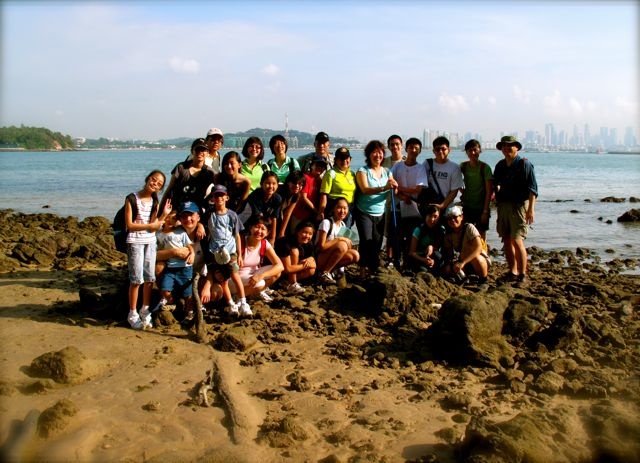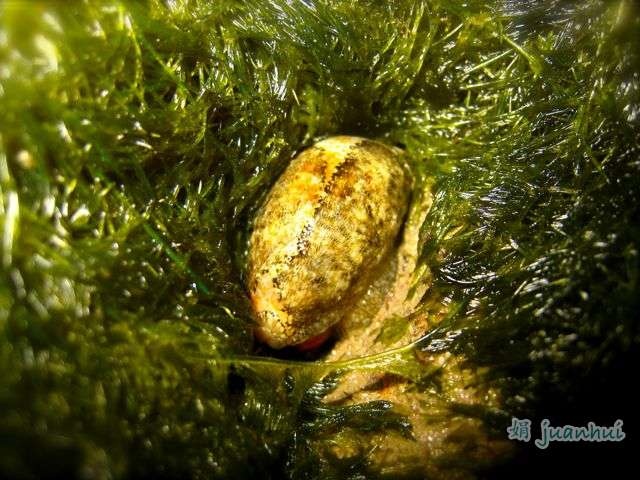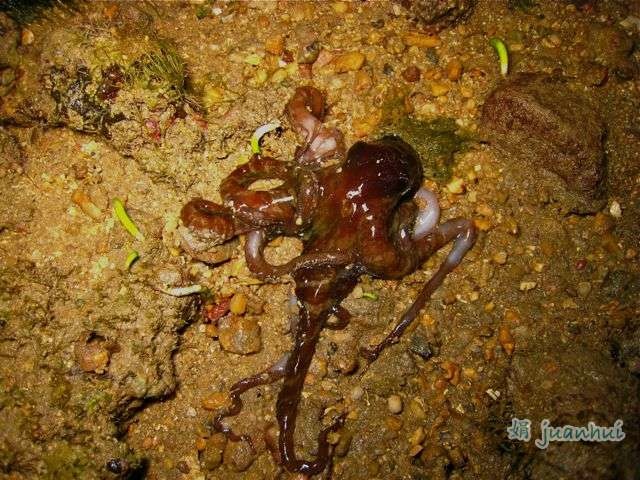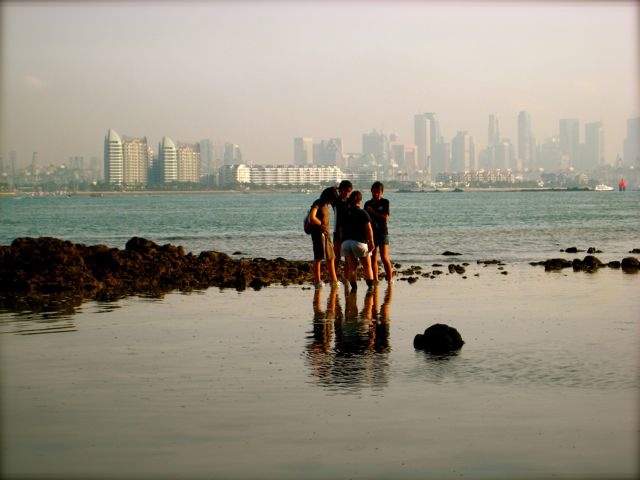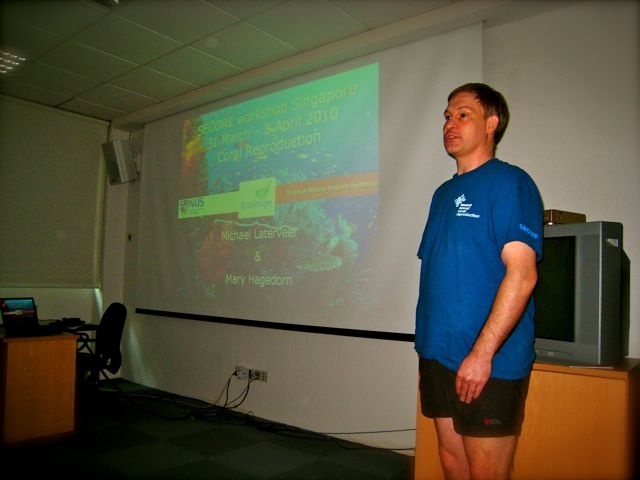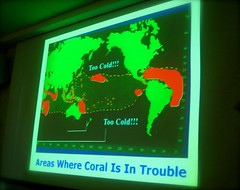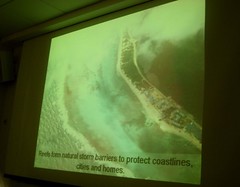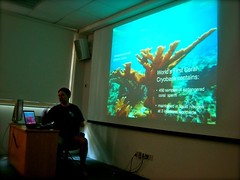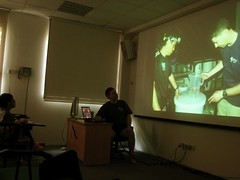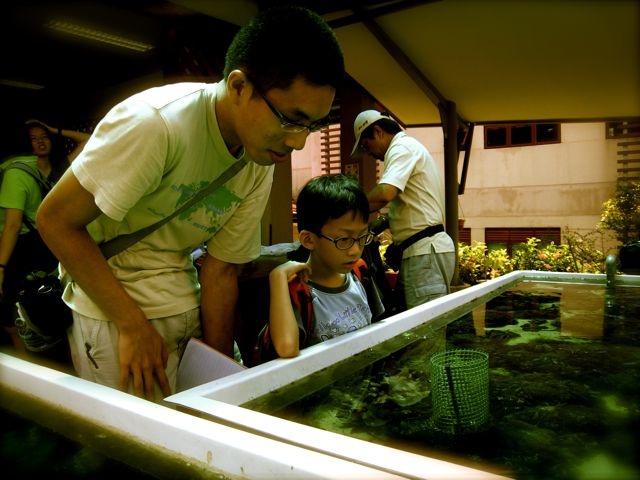First thought that came to mind when I first saw it on Friday during ADEX. That is a HUGE whopper of a book! Next thought after getting a copy from Ivan to do a review... This is a freakingly heavy book!

According to Amazon, this book weighs 7 pounds (approx. 3.2kg)! For a single book! o.0 Definitely worked out my arms getting this volume home!
From the weight alone, it does give a "reference book" kinda feel, and the impression that it's no featherweight like those handy field guides that are more commonplace.
Opening the cover reveals a world map with red dots indicating selected photo locations used in the book. What's thrilling to me is that SINGAPORE has a red dot on it! Now I have to go through every 725 pages looking for the photos taken here XD
With the marine animals being organized by Phylum (and depending on the organism, sometimes Class/Order/Family), it does give the layman an insight to the taxonomic relationship between the animals. Nice systematic way of putting things. In spite of the book's title being "World Atlas of Marine Fauna", it's skewed towards the non-sessile aka mobile animal groups. The sessiles such as bryzoans, sponges, and cnidarians (refers to a large number of organisms such as soft and hard corals, jellyfish, anemones, hydroids, sea fans etc.) are covered VERY briefly in the introduction and not elaborated on. Do wish that there would be a separate volume on them too! Just like the companion volume "World Atlas of Marine Fishes." Being a single volume reference book targeted at non-experts/non-scientists, it does make sense to cover the more attractive (at least to the run-of-the-mill diver/snorkeler) marine animals.
Would probably only have the opportunity to do a more thorough reading of this World Atlas over the weekend....

According to Amazon, this book weighs 7 pounds (approx. 3.2kg)! For a single book! o.0 Definitely worked out my arms getting this volume home!
From the weight alone, it does give a "reference book" kinda feel, and the impression that it's no featherweight like those handy field guides that are more commonplace.
Opening the cover reveals a world map with red dots indicating selected photo locations used in the book. What's thrilling to me is that SINGAPORE has a red dot on it! Now I have to go through every 725 pages looking for the photos taken here XD
With the marine animals being organized by Phylum (and depending on the organism, sometimes Class/Order/Family), it does give the layman an insight to the taxonomic relationship between the animals. Nice systematic way of putting things. In spite of the book's title being "World Atlas of Marine Fauna", it's skewed towards the non-sessile aka mobile animal groups. The sessiles such as bryzoans, sponges, and cnidarians (refers to a large number of organisms such as soft and hard corals, jellyfish, anemones, hydroids, sea fans etc.) are covered VERY briefly in the introduction and not elaborated on. Do wish that there would be a separate volume on them too! Just like the companion volume "World Atlas of Marine Fishes." Being a single volume reference book targeted at non-experts/non-scientists, it does make sense to cover the more attractive (at least to the run-of-the-mill diver/snorkeler) marine animals.
Would probably only have the opportunity to do a more thorough reading of this World Atlas over the weekend....


